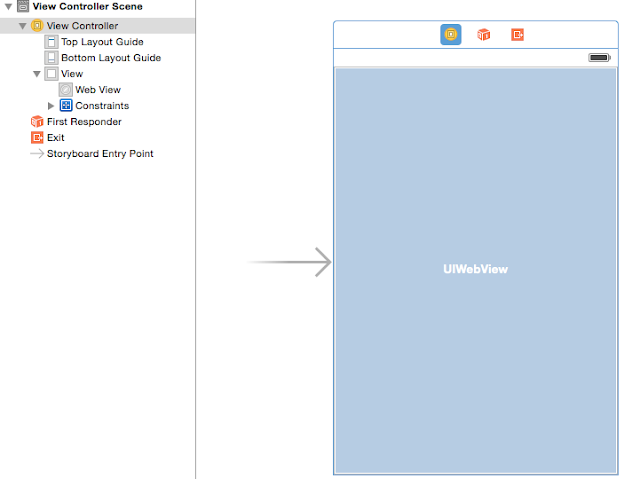Table in SwiftUI
In many apps we require list of items in a scrollable format, for this we used UITableView as of now.
In SwiftUI we have many ways to create a Table. I will try to cover a few ways here.
1. ForEach Loop with List:
struct ContentView: View {
var body: some View {
List {
ForEach(0..<10) { index in
Text("Current Row - \(index)")
}
}
}
}
2. List directly:
struct ContentView: View {
var body: some View {
List(0..<10) { index in
Text("Current Row - \(index)")
}
}
}
3. Form directly:
struct ContentView: View {
var body: some View {
Form {
Text("Row 0")
Text("Row 1")
Text("Row 2")
}
}
}
4. Form with Sections:
struct ContentView: View {
var body: some View {
Form {
Section (header: Text("SECTION 0 Starts Here"), content: {
Text("Section 0 Row 0")
Text("Section 0 Row 1")
Text("Section 0 Row 2")
})
Section (footer: Text("SECTION 1 Ends Here")) {
Text("Section 1 Row 0")
Text("Section 1 Row 1")
Text("Section 1 Row 2")
}
}
}
}
5. Form with VStack:
struct ContentView: View {
var body: some View {
Form {
VStack(alignment:.leading , spacing:50) {
Text("Row 0")
Text("Row 1")
Text("Row 2")
}
}
}
}
So we now know we have many ways to get started with a Table in SwiftUI.
In our next tutorial lets try to create a Reusable Cell.


This comment has been removed by a blog administrator.
ReplyDeleteThis comment has been removed by a blog administrator.
ReplyDelete